The most recent war to capture our attention is the one between Russia and Ukraine. Russia invaded Ukraine on February 24, 2022.
The United Nations held an emergency vote. A total of 141 nations out of the 193 UN member states voted a week later to condemn it.
But several countries decided to abstain, including China, India and South Africa. It is therefore feasible to say that not everyone considers Russia to be entirely to blame for this catastrophic war.
The Context
This confrontation did not happen overnight, it has been going on since 2014 and has had several stages. Stages such as Crimea’s accession to Russia and the Dombash war.
The accession of Crimea to Russia is the process of incorporation of the two entities forming the Crimean peninsula, the Republic of Crimea and the autonomous city of Sevastopol, as federal subjects of the Russian Federation. The process originates from the Ukrainian revolution started at the end of 2013, which culminated in the ouster of Viktor Yanukovych. Russia considered this as a coup d’état. Therefore, a series of demonstrations by people opposed to the events in Kiev and longing for closer ties (or even integration) with Russia developed.
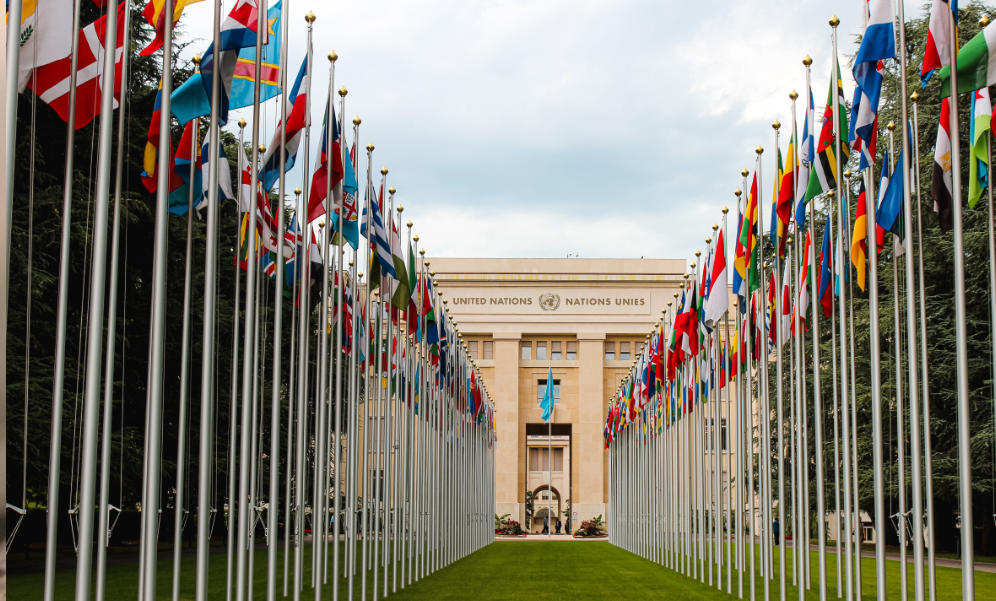
A very important point is that Crimea’s accession is not recognized by Ukraine. Ukraine considers this illegal, and claims that the territory continues to make up the Autonomous Republic of Crimea and the special city of Sevastopol. In March 2014, the United Nations General Assembly adopted Resolution 68/262 called Territorial Integrity of Ukraine. The resolution affirmed the UN’s commitment to recognize Crimea as part of Ukraine, rejecting the referendum on the political status.
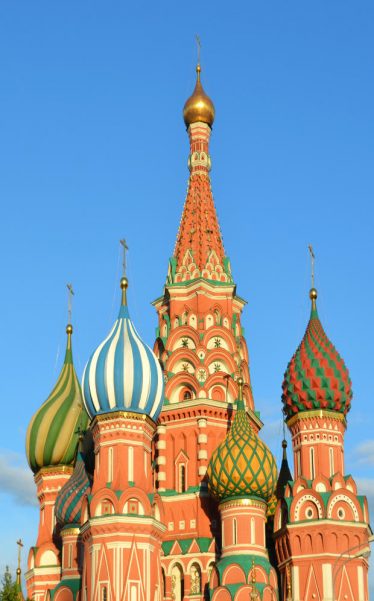
For its part, the Dombash war began on April 6, 2014. Ukraine’s interim government launched an armed operation against separatist groups in eastern Ukraine following the annexation of Crimea.
Russian troops invaded the territory of eastern Ukraine and Ukrainian troops launched an anti-terrorist operation. A month later, referendums on the political status of Donetsk and Lugansk were held by regional separatists who formed the New Russia confederation, a short-lived state that would be dissolved in May 2015.
The words of one of the members of the Russian parliament reverberate amid rubble, tears and blood.
Yevgeny Popov told the BBC that “Ukraine and its allies, including London, threatened Russia for the last 1000 years to move NATO to our borders, to cancel our culture. They harassed us for many, many years. Of course, the North Atlantic Treaty Organization’s plans for Ukraine are a direct threat to Russian citizens.”
Weapons
When we touch on the subject of war, weapons are fundamental. It is a point that cannot be ignored.
There are many reasons ranging from simple economic or military interest to accusations of Western hypocrisy to Europe’s colonial past. There is no single reason. Each country may have its own particular reasons for not wanting to publicly condemn Russia or distance itself from President Putin.
We would like to emphasize that Ukraine gained independence from the Soviet Union in 1991 and much of its similar weaponry is not current.
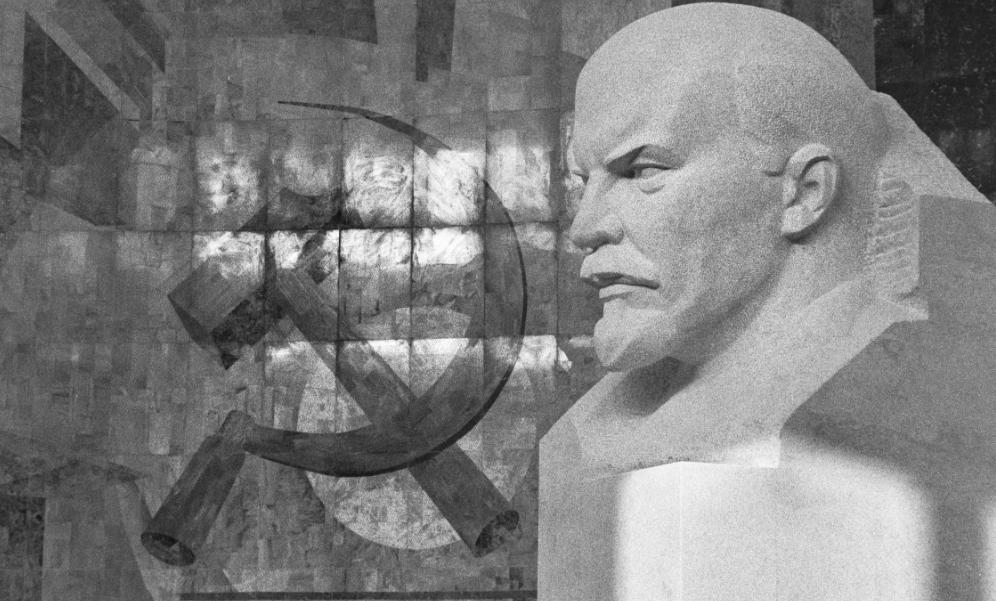
Some Western countries have earmarked weaponry for Ukraine. It has proved essential to keep the Ukrainian offensive going.
Ukrainian President Volodymir Zelenski insists on asking his Western partners for modern anti-missile systems to counter Russian attacks with Soviet rockets. Zelenski claims that Soviet rockets are more dangerous because they are less accurate and threaten civilian and residential property.
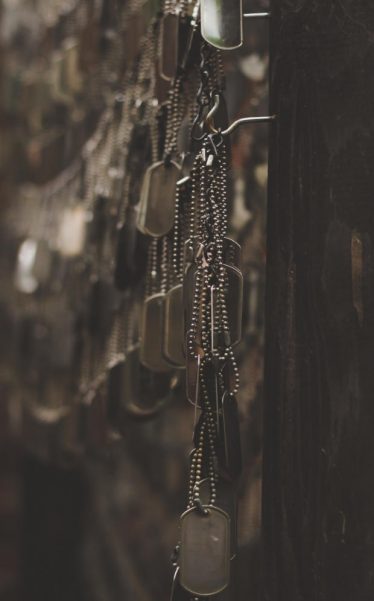
EU member states have provided military aid to Ukraine worth more than 4.5 billion euros. Germany, which after domestic and international pressure announced at the end of April that it would send heavy weapons in a reversal of its foreign policy, is now the second largest European donor, ahead of the United Kingdom.
In addition to the individual contributions of each country, there is also the aid committed by the European institutions. In March, the EU’s ‘war fund’ doubled to 1,000 million euros and has already exceeded this figure by another 500 million.
After the beginning of the invasion of Ukraine, the U.S. Congress approved aid to that country for some US$3.5 billion which, according to the White House, is almost exhausted, so the Biden administration requested this Thursday US$33 billion more in aid to cope with the war.
Washington has delivered to Volodymyr Zelensky’s government ammunition and weapons of all kinds, including anti-aircraft and anti-tank systems, helicopters, drones and grenade launchers.
According to NATO Secretary General Jens Stoltenberg, the alliance as a whole has so far delivered more than $8 billion in military aid to Ukraine.
Allies on both sides
Both Ukraine and Russia have allies.
The countries that support Russia are those that form the Collective Security Treaty Organization (CSTO). The CSTO is a military alliance that was created when the Soviet Union disintegrated and to which Russia, Armenia, Belarus, Kazakhstan, Kyrgyzstan and Tajikistan belong.
There are other countries that are in favor of the Russian military offensive, either because they have a common enemy in the United States or for other political reasons. Thus, among the governments that support Putin are those of Cuba, Venezuela, Nicaragua, Iran and Syria.
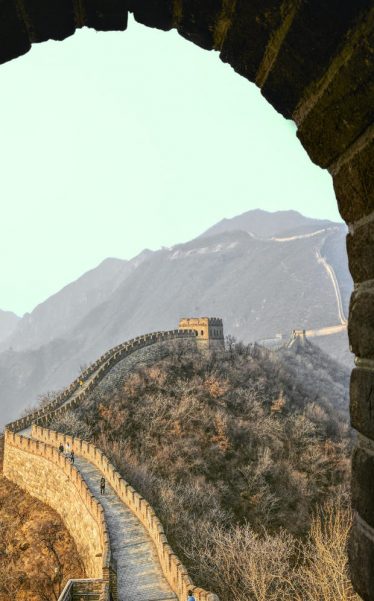
Outside the region, he maintains a close relationship with China.
China is the most populous nation in the world with more than 1.4 billion inhabitants.
Some believe that Putin warned his Chinese counterpart, Xi Jinping, that he was about to launch a full-scale invasion of Ukraine, The reason is that during the Winter Olympics, China received a visit from Vladimir Putin. A Chinese statement issued later said that there was “no limit to the cooperation between the two countries.”
At the moment China and Russia are strategic allies, they are partners and share a common disdain. Both countries detest NATO, the West and its democratic values.
Let’s start by saying that, China and Russia have a common enemy in NATO and the worldview of their respective governments filters down to the populations of both countries with the result that, for the most part, they simply do not share the West’s deep dislike of Russia’s invasion and alleged war crimes it committed in Ukraine.
Beijing has already clashed with the United States over China’s military expansion in the South China Sea. It also clashed with Western governments over its treatment of the Uighur population, its crushing of democracy in Hong Kong and its repeated promise to “bring Taiwan back into the fold,” by force if necessary.
On the other hand, we have India and Pakistan. Both have their own reasons for not wanting to antagonize Russia. India gets much of its arms from Moscow.
Ukraine’s main ally is the United States but it also has the support of the 27 members of the European Union, Britain and the North Atlantic Treaty Organization (NATO), which has 21 EU countries.
The consequences
The consequences are too many. Obviously, Ukraine experiences the vast majority of them, but it is not the only country suffering from the war. The international community has taken steps to sanction the invading country.
The energy crisis is not new. Spain, Europe and practically the whole world have been watching the evolution of oil, gas and carbon dioxide emission rights prices for more than a year now.
The United States has announced that it will stop importing fuels from Russia, but Europe cannot afford to do so because there is not enough supply to meet demand.
The vast majority of countries on the old continent are highly dependent on it. For example, Austria is 80% dependent on Russia, Germany 50% and Italy 33.39%.
On the other hand, Russia is the third largest oil producer in the world, behind the United States and Saudi Arabia. The global economy is facing a multiple and large-scale supply shock: the supply of fossil fuels, oil, gas and coal, the supply of foodstuffs such as wheat, and agricultural (potash, nitrogen fertilizers) and industrial (nickel, titanium) inputs, which form the bulk of Russia’s exports, are drastically reduced, not to mention those of Ukraine. The result is an increase in world prices for all these inputs.
The war between Russia and Ukraine is causing prices to rise, which directly affects international trade and is causing concern for economic and business activity.
The bottom line
Clearly, this is not the Cold War as Russia is not the Soviet Union. But, what is very clear is that even though the Cold War ended decades ago, Russia wants to be back in control and exert a powerful influence. That is why Ukraine is a key player.
Ukraine is the second largest piece to become independent from the Soviet Union. It is rich, developed and a key player in Eastern European geopolitics.

The picture in Ukraine is bleak and that is why the acceleration of the EU accession process of the country at war is justified.
The situation is not new, the war is unpredictable and the recent applications require from the EU an imaginative agility. Today the war continues in Ukraine, but the future will require reconstruction with high structural funds that will make it possible to closely verify the investment in a devastated country.


